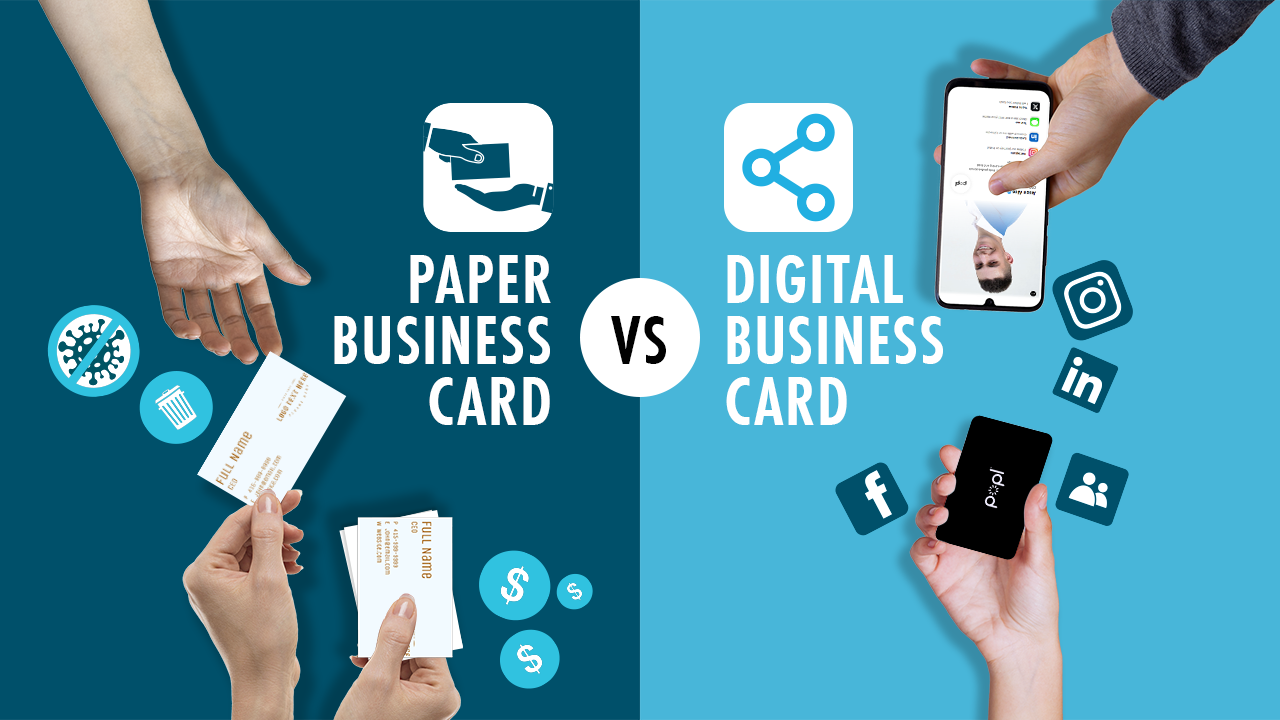Social media has become more than a place to share vacation photos and memes. For dynamic businesses, it’s become a great way to sell. Many brands have implemented robust social selling components to their marketing campaigns to capture a wider audience. Here’s why all businesses, no matter their size, should implement social selling to scale.

Social Selling 2024: What it is, and Isn’t
Social selling is what it sounds like: using social media platforms to capture a larger audience in order to increase sales. Done correctly, social selling positions your business in a strategic, engaged way that increases your reach and authority.
This is not using a personal account to hit up high school friends to buy a product you’re selling, though. Instead, it’s building a brand persona and amplifying it in a way that builds community.
Through engaged, intentional social media use, users in your target demographic or who might need your business learn about you, the problem you solve and are offered an avenue for purchasing.
More importantly, though, they are able to interact with your business and build trust.
Tips for Getting Started with Social Selling
To use social selling strategically, you need to have a few things in place.
First: Optimize Your Social Profiles
If you’re going to use social selling, your social profiles have to work for you. Everything should flow and bring people in, get them connected, and lead them to the deal.
Whether you’re on every social media platform, or only a select few, it’s important that they all point toward the sale.
Take time to audit your professional social-media profiles. Make sure that each:
- has a high-res photo of you. No filters, no smudged lenses. These days, a smartphone can take incredible photos, you don’t need a professional headshot. That said, make sure you read up on how to take the best professional photos on a smartphone.
- bio works for you. Use your bio to position yourself. Offer a key insight or tip, or propose a solution. First impressions matter. Do not forget a link to all of your contact information – like a link to your digital business card.
Next: Get Social (the Right Way!)
Everyone complains about “the algorithm” and sure, it can be tricky to get the hang of social media but here’s the thing: consistency and engagement are rewarded.
What does social selling mean? It means you should consistently show up and engage on platforms. Here’s how.
- Get active. Don’t post and ghost. Most algorithms penalize this. Instead, take time to visit the platforms you’re on and engage. Join groups that make sense for your business. Comment on posts offering an answer. Be positive. For example, if you’re a bakery, go into baking groups and answer questions about substitutions or tips for scaling recipes.
- Share valuable content. On your own page and in groups, be sure that what you’re sharing provides value. There’s a reason things like “Tip Tuesday” and “Monday Motivation” catch on. People want to gain something from the scroll. If you are sharing videos, you can use an AI voice generator to create even more engaging content.
- Respond, answer, engage. Respond to every comment. Answer every question. This is the most-rewarded activity by all of the algorithms.
- Believe it or not: the algorithm serves an important purpose. Social media should be social, and no one wants to be talked at or, worse yet, ignored.
To build your business through social selling it’s important to act how the algorithm expects thus getting shown to more people and building your connections.
Make Sure Customers Know It’s You: Cohesive Visuals and Social Selling
In addition to posting and engaging consistently, consistency matters in other aspects of social selling.
Make sure to always use your brand’s colors, fonts and logo. This, along with sharing valuable content, will get people to stop scrolling and read. If every post from you looks the same, it’s quick and easy to recognize!
More Tips for Social Selling
Once you’ve gotten your profiles optimized and are using social media, there’s so much more you can do to grow your business through social selling.
Network with Your Existing Customers
You’ve got people who are loyal to your brand. Stay connected and grow relationships with them via social. Be sure to respond when they tag you or post on your pages. If they send messages, respond.
Be Mindful of Customer Support Opportunities
Make sure you (or someone at your business) is keeping an eye out for questions or complaints from customers and immediately responding to these.
Acknowledge their complaint (We’re sorry you’re dealing with x) and then let them know you’ll DM. Send that DM immediately. Or, ask them to call or email customer support.
If you have online chat help, you can also post that link in the comment.
Not only do you want to take care of people, but you want people on the cusp of purchasing from you to see that you’re responsive.
Monitor Analytics and Use That Data
Part of any social selling strategy is to check analytics.
Got a post that saw more engagement than usual? Take time to compare and contrast it to other posts of yours. What’s different? Whatever it is, it worked. Do it more.
Have posts that get miniscule engagement? What do they have in common? That’s not working, Eliminate it from your social selling strategy.
Over time, looking at social media analytics shows you what people connect with, and what doesn’t. Make sure to build time into your workflow to check engagement and apply what you’ve learned to your posts.
Track Your SSI (Social Selling Index)
LinkedIn created the Social Selling Index (SSI). This metric analyzes your activity to see if you’re hitting four benchmarks of social selling and assigning a score of 0-25 for each.
- Establishing a professional brand with a well-optimized profile. As mentioned above, an optimized profile is an important start to social selling and foundational to any strategy.
- Finding the right prospects. Posting a ton on your own page doesn’t mean as much to your business as you might think. This benchmark assesses whether or not you’re posting in the right places. This is why joining the groups your prospects are already in is so valuable.
- Sharing useful, relevant content. Here, LinkedIn is looking at the engagement. Are people scrolling by? Or are they clicking the links you share, asking questions in the comments or otherwise interacting with your content.
- Building and strengthening relationships. Remember, it’s not just about posting! Here, LinkedIn is looking at your responses and further interactions with clients. Always remember that social media is exactly that: social!
Social Selling is Happening Already
Businesses are already taking advantage of social selling and it’s paying off.
Sales professionals who use social selling close 40-50% more new business than those who don’t, making it a great tool for teams.
More than this, LinkedIn found in one study that 31% of sales reps applying social selling closed deals worth over half a million dollars without ever meeting the buyer in person. The potential for growing reach is less determined by geography than ever before.
Get Started with Social Selling and a Digital Business Card Today
It’s time, so get started by optimizing your professional social profiles with a professional headshot and all of your contact information. The best way to share your contact is with a Popl digital business card.
This professional online “location” is a great way for sales professionals, in any industry, to manage and retain full control of their online identities. Facebook, Instagram, LinkedIn and other platforms are not entirely under your control. Popl, however, allows for complete personalization.
Your digital business card allows you to add as many links as you want. You can include galleries of product photos, video introductions, links to testimonials and anything else that will position you in the market.
Harness the power of social media by finding where your prospects are and engaging with them and other businesses. Building these connections and having these online conversations has paid off for plenty of businesses – don’t be left behind!















